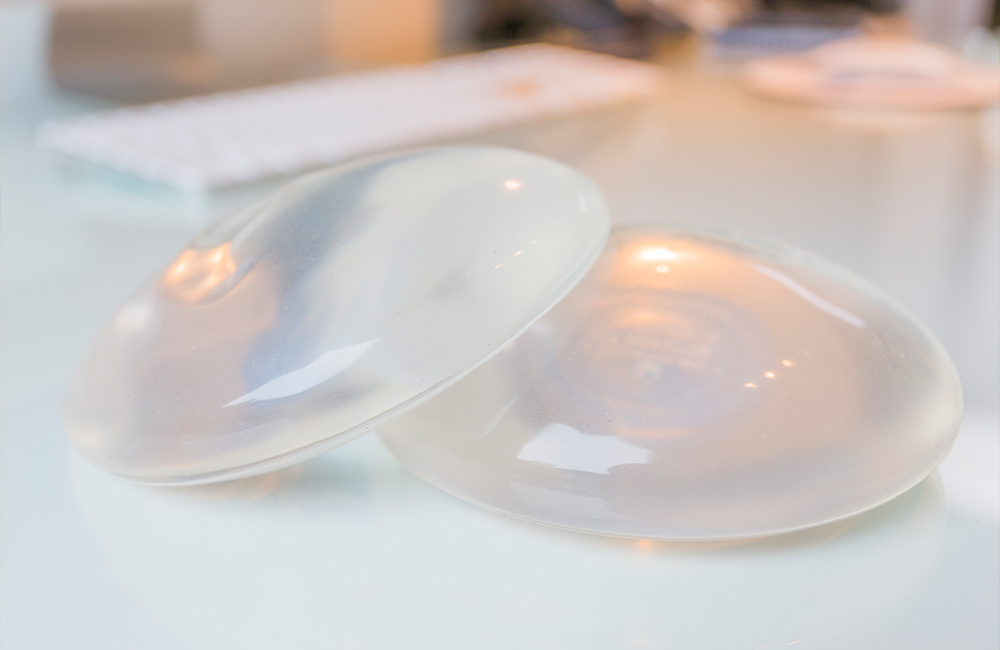When it comes to breast augmentation, one of the most important decisions isn’t size or shape, it’s where the implant is placed. For years, under-the-muscle placement has been the go-to approach, favored for its natural look and lower risk of complications. But with new implant technologies and a better understanding of long-term outcomes, more surgeons are revisiting over-the-muscle placement as a viable option for the right patients. Here’s what to know about this technique and why it may be worth discussing at your consultation.
Featured Experts
A Natural Look
According to Tucson, AZ plastic surgeon Raman Mahabir, MD, over-the-muscle placement is no longer what it used to be. “Today’s gummy bear implants are completely different than what we used 10 or 15 years ago,” he says. “The data we had then doesn’t necessarily apply now.”
Dr. Mahabir notes that in breast reconstruction, where patients have zero breast tissue following mastectomy, surgeons still often choose to place implants over the muscle. “We’re able to get beautiful, natural results even without any tissue. So, in cosmetic patients who already have some of their own breast volume, it absolutely makes sense.”
Because the implant sits on top of the muscle, recovery tends to be less painful, with fewer long-term issues like shoulder tightness or muscle dysfunction. It also avoids what’s known as animation deformity, when implants move or distort during chest muscle contraction.
More Upper Fullness
For patients with enough natural tissue to support the implant, over-the-muscle placement can provide a more lifted, fuller look. “It gives more upper pole fullness and a rounder shape,” explains New York plastic surgeon Mokhtar Asaadi, MD. “And patients often experience a quicker recovery because the muscle isn’t being manipulated.” This can be especially appealing to patients who are active, work out often or want to avoid longer post-op restrictions.
Why Some Surgeons Feel More Confident With This Placement Now
One of the main reasons implants have traditionally been placed under the muscle is to help lower the risk of capsular contracture, a complication where scar tissue forms tightly around the implant. But new-generation implants, like Motiva, may be changing the conversation.
“These implants are designed with a specialized surface that minimizes inflammation and reduces the body’s fibrotic response,” says Louisville, KY plastic surgeon Tracy Cook, MD. “In studies using strict protocols, the rate of capsular contracture was consistently under 1 percent.”
While these findings aren’t yet considered definitive across the board, the implant’s biocompatibility gives some surgeons greater peace of mind when choosing an over-the-muscle approach. Dr. Cook notes that for the right patient, this option can also mean a less painful recovery, fewer muscle-related issues, and in some cases, even help avoid a lift altogether.
The Mammogram Debate
Of course, over-the-muscle placement isn’t without drawbacks. Pittsburgh plastic surgeon Jeffrey Antimarino, MD, warns that this placement can potentially interfere with breast cancer screenings. “If the implant is above the muscle, some of the breast tissue may not be visible on a mammogram,” he says. “That could mean missing an early cancer.”
He emphasizes that while animation deformity is a valid concern with under-the-muscle placement, the choice should come down to what’s safest and most effective for each individual.
